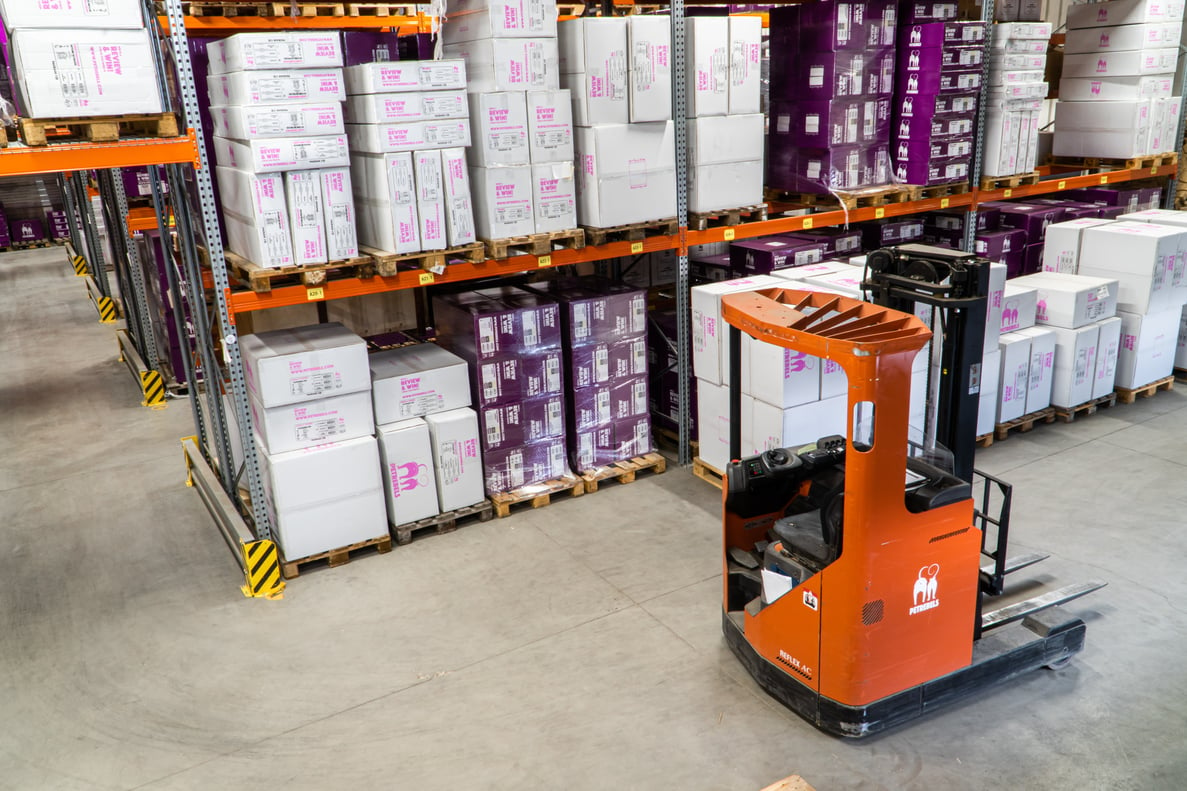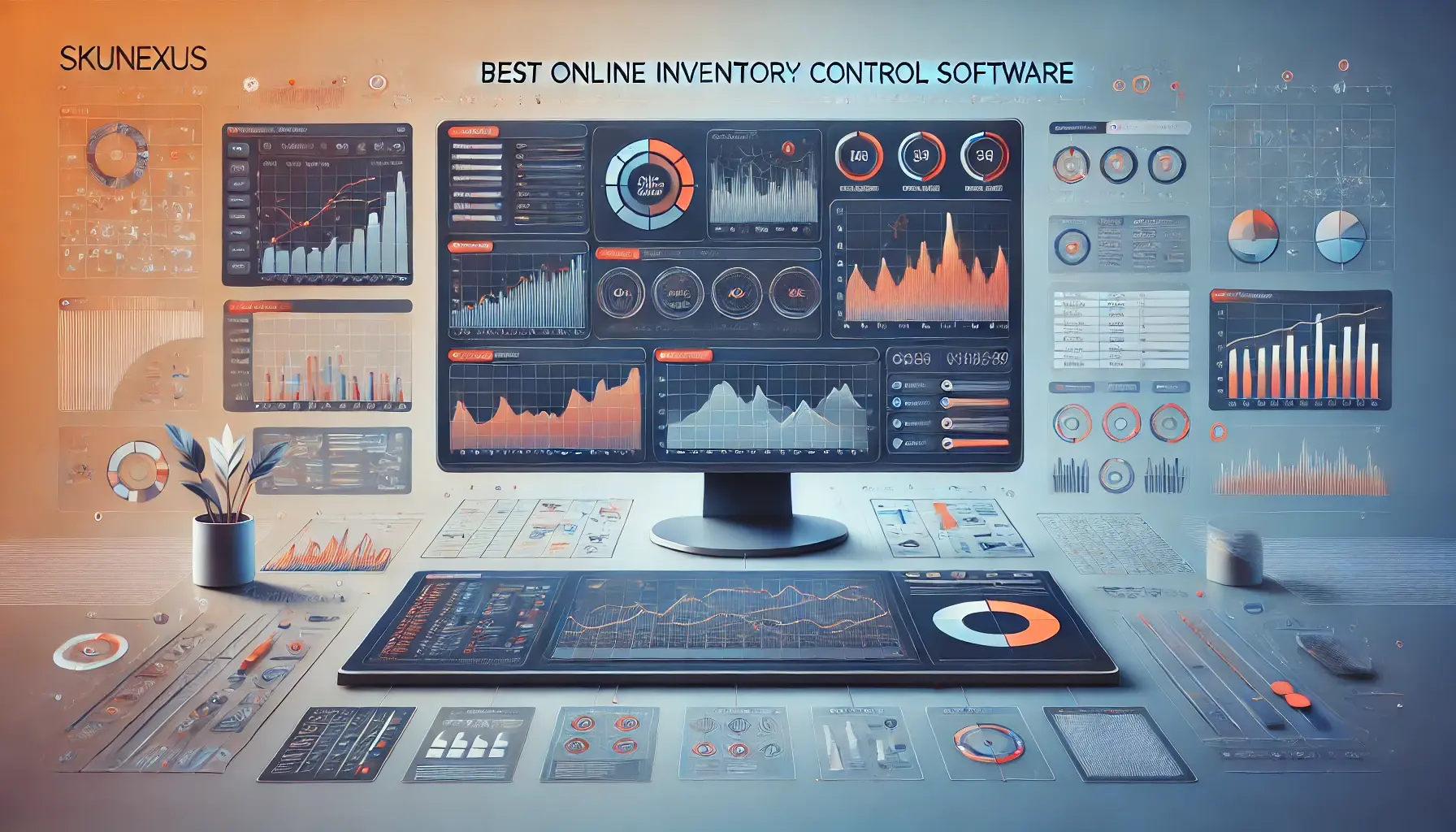In the dynamic landscape of the retail industry, CEOs are increasingly challenged to adapt to shifting market conditions, fluctuating customer demands, and the ever-evolving face of e-commerce. One particular factor that continues to shape the landscape is real-time inventory management. Often undervalued, this business strategy has become a critical tool for operational success and customer satisfaction.
Understanding Real-Time Inventory Management
At its core, real-time inventory management involves tracking goods as they move through the supply chain. As purchases are made, items are shipped, and deliveries are received, inventory levels are updated instantly to provide an accurate view of current stock levels. Rather than relying on periodical stock takes or estimations, real-time inventory management ensures that inventory data is up-to-date and accurate at all times.
The Importance of Real-Time Inventory Management
In an industry characterized by competition and consumer choice, the benefits of real-time inventory management are multifold. It helps streamline operations by providing immediate insight into inventory levels. This reduces the need for manual checks and allows for quick responses to changes in demand.
Moreover, real-time inventory management plays a crucial role in reducing overstock and stockouts. By maintaining a clear, live view of inventory levels, businesses can effectively manage stock, reducing the costs associated with surplus inventory and lost sales due to stockouts.
Real-time inventory management has a profound impact on customer satisfaction, as well. In a digital age where consumers expect immediate gratification, being able to guarantee product availability and speedy delivery can significantly enhance a business's reputation and customer satisfaction levels.
Real-Time Inventory Management and Decision Making
The pulse of a successful retail operation lies not just in the tracking of stock levels, but in the ability to leverage the invaluable resource that is inventory data. By analyzing this data in real time, CEOs can turn information into intelligence, thereby enabling sharper and more informed decision-making processes that can drive a business toward its strategic goals.
Predictive Analysis: Real-time inventory management helps in accurately forecasting demand patterns. By analyzing data patterns in real time, CEOs can make educated predictions about future demand. For example, if data shows a sudden spike in demand for a particular item, it can signal an emerging trend. Such insights can be instrumental in making strategic decisions about which products to promote, which ones to discontinue, or when to launch new products.
Seasonal Planning: Different times of the year bring different customer needs. A real-time inventory management system can provide accurate data from previous years, helping CEOs anticipate seasonal fluctuations. This can guide strategic decisions such as when to start stockpiling inventory for peak seasons or how much of a specific product to order. For instance, in the toy industry, CEOs can use real-time inventory data from previous years to anticipate the quantity of certain popular toys that will be needed during the holiday season.
Real-Time Replenishment: Instead of guessing when to reorder products, real-time inventory management allows for data-driven decision-making. A decrease in the inventory of a particular product can trigger an immediate alert, thereby enabling timely reordering and preventing stockouts. For example, a grocery store chain may use real-time data to track the stock levels of perishable items across their stores, allowing them to make quick decisions on reordering to prevent stockouts and minimize waste.
Supply Chain Optimization: Real-time inventory management also offers a clearer view of the supply chain in its entirety, giving CEOs the information needed to make decisions about sourcing, production, warehousing, and distribution. This holistic view allows for a more strategic allocation of resources, helping to increase operational efficiency and reduce costs.
Real-Time Inventory Management and Efficiency
Efficiency is a cornerstone for business success, and in the fast-paced world of retail, time saved equates to resources better spent elsewhere. Real-time inventory management is a significant driver of efficiency, and the potential gains from implementing such a system are immense.
Elimination of Manual Processes: Traditional inventory management often involves manual stock checks, a process that can be both time-consuming and prone to error. By switching to a real-time inventory management system, these manual processes can be significantly reduced, if not eliminated altogether. This not only saves considerable time, but it also minimizes the chance for human error. For example, in the fashion industry, retail stores often have to conduct time-consuming physical inventory checks. By adopting real-time inventory management, these stores can automate this process, freeing up staff time to focus on customer service and sales.
Efficient Tracking: Real-time inventory management allows businesses to track inventory levels as they fluctuate throughout the day. This enables quick responses to changes in stock levels and allows businesses to keep a closer eye on their inventory without the need for constant manual checks. For instance, a restaurant might use real-time inventory management to monitor their food supplies throughout the day, enabling them to make timely orders before certain items run out, thus preventing interruptions in service.
Optimized Stock Allocation and Distribution: Having real-time visibility into inventory levels across multiple locations allows businesses to better control their stock and optimize allocation and distribution. If one store has surplus stock of a particular item while another is running low, real-time data can allow the company to quickly identify and address the imbalance. As an example, a nationwide retail chain could use real-time inventory data to redistribute stock between stores based on local demand, thereby preventing potential stockouts or overstock situations.
Reduced Excess Inventory and Storage Costs: By enabling businesses to keep accurate tabs on their inventory levels in real time, they can avoid overstocking and the associated storage costs. Real-time data can inform just-in-time inventory strategies, which aim to hold as little inventory as possible to meet demand, thus reducing the costs associated with warehousing excess stock.
Streamlined Operations: With real-time data at their fingertips, businesses can streamline their operations by automating processes such as reordering and reporting. This not only saves time but also ensures a smoother flow of operations.
Real-Time Inventory Management and Cost Savings
Efficient inventory management, particularly when it employs real-time data, can translate into significant cost savings for businesses. The monetary advantages can be traced to several key areas, including reduced inventory holding and ordering costs, and the minimized risks of stockouts and overstocking.
Reduced Holding Costs: Overstocking is a common issue in traditional inventory management systems where data may not be up-to-date. Overstock leads to excess capital tied up in inventory, increased storage costs, and potential losses due to product spoilage or obsolescence. With real-time inventory management, businesses can maintain optimal inventory levels, effectively reducing their holding costs. For instance, supermarkets using real-time inventory management can better prevent overstocking perishable items, reducing spoilage and waste costs.
Lower Ordering Costs: Conversely, understocking can result in frequent, smaller orders to replenish inventory, often at a higher cost per item. Real-time data can prevent understocking by providing up-to-date information on inventory levels, enabling timely and cost-effective reordering. For instance, an electronics retailer can use real-time data to ensure they have an adequate supply of fast-selling items, preventing frequent small orders and leveraging economies of scale to reduce purchasing costs.
Prevention of Stockouts and Lost Sales: One of the most significant costs associated with poor inventory management is lost sales due to stockouts. In today's consumer-centric market, a stockout can lead not just to immediate lost sales, but also to long-term damage to the company's reputation, resulting in lost customers. Real-time inventory management can mitigate this risk by providing immediate updates on low stock levels, enabling quick replenishment and preventing stockouts. An example might be an online bookstore, which uses real-time inventory data to ensure popular titles are always in stock, preventing missed sales opportunities.
Avoidance of Discounted Sales: Overstock situations often result in discounted sales to clear inventory, which can erode profit margins. With real-time inventory data, businesses can manage their stock levels more effectively, reducing the need for such sales. A clothing retailer, for instance, can use real-time data to manage their inventory of seasonal items, reducing end-of-season overstock that often results in heavily discounted sales.
Improved Cash Flow Management: By optimizing stock levels, businesses can free up capital that might otherwise be tied up in excess inventory. This improved cash flow can be reinvested in other areas of the business, potentially leading to increased profitability.
Challenges in Implementing Real-Time Inventory Management
While the benefits of real-time inventory management are undeniable, implementing such a system can present its share of challenges. From technological requirements to operational adjustments, it’s essential for CEOs to understand the potential hurdles and address them appropriately for successful deployment.
Technological Requirements: First and foremost, real-time inventory management requires a robust technology infrastructure. This often means transitioning from manual or outdated systems to advanced software that can handle real-time tracking across multiple locations and platforms. For instance, a multinational retailer would need a solution that seamlessly integrates all its physical stores and online platforms, potentially spanning different time zones and currencies. Such a transition requires considerable investment, both in terms of finances and time.
Integration with Existing Systems: Another significant challenge is integrating the new real-time inventory management system with the existing business systems. This could include the business's e-commerce platform, accounting software, or customer relationship management (CRM) system. Seamless integration is necessary to ensure consistent data flow and avoid discrepancies. For example, a car manufacturer may need to integrate the new system with its sales platform, manufacturing management software, and third-party logistics providers.
Ensuring Data Accuracy and Consistency: With real-time inventory management, the accuracy and consistency of data is paramount. As inventory updates occur in real time, any errors can quickly escalate, potentially leading to operational disruptions and inaccurate forecasting. Businesses must put in place stringent quality control measures to ensure data integrity. A food distribution company, for example, must ensure its inventory quantities are accurately reported in real time to avoid miscommunications that could lead to overordering or stockouts.
Staff Training and Change Management: Transitioning to a real-time inventory management system typically involves a significant change in processes and workflows. Staff members at various levels of the organization, from warehouse workers to upper management, need to be trained to use the new system effectively. This can involve considerable time and resources, and may encounter resistance from employees comfortable with existing systems. A department store shifting to real-time inventory management, for instance, would need to train staff across various departments - purchasing, warehousing, sales, et al - on the new system.
Maintaining System and Data Security: The adoption of a digital real-time inventory management system introduces potential vulnerabilities, particularly where sensitive data is concerned. Businesses must ensure they have strong cybersecurity measures in place to protect against data breaches and cyber-attacks.
Consider SkuNexus for Your Real-Time Inventory Solution
Fortunately, solutions like SkuNexus are designed to address these challenges and enable effective real-time inventory management. SkuNexus provides an integrated platform that offers real-time inventory updates, multi-location tracking, and robust analytics. It can aid in overcoming implementation challenges, providing training and support to ensure seamless integration.
In the ever-competitive retail industry, CEOs must constantly seek innovative solutions to stay ahead. Real-time inventory management represents a game-changing opportunity to enhance operational efficiency, improve customer satisfaction, and drive business success. It is a tool that no forward-thinking CEO can afford to overlook. Through platforms like SkuNexus, the full potential of real-time inventory management is within reach, ready to drive businesses into the future of retail.
If you would like to know how SkuNexus can help optimize your inventory management, please contact us here to learn more.











